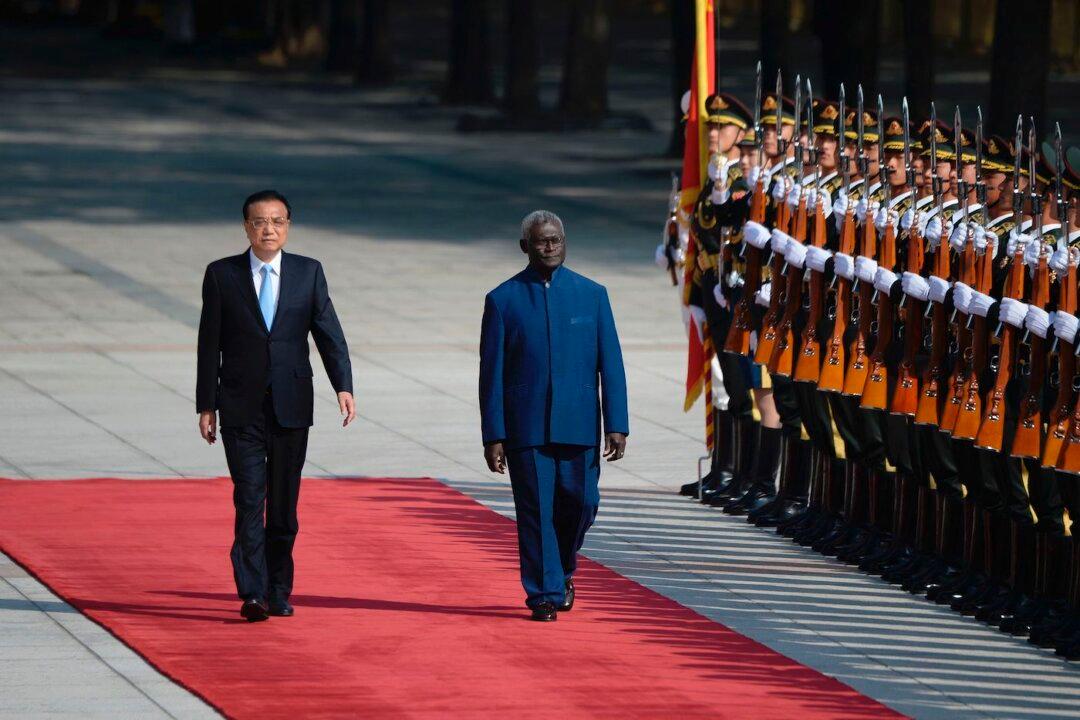Commentary
Beijing now has in place a basic architecture of power projection targets throughout Southeast Asia, from Burma in the West to Indonesia, Timor-Leste, as well as Papua New Guinea, and the Solomon Islands in the South Pacific.

Beijing now has in place a basic architecture of power projection targets throughout Southeast Asia, from Burma in the West to Indonesia, Timor-Leste, as well as Papua New Guinea, and the Solomon Islands in the South Pacific.